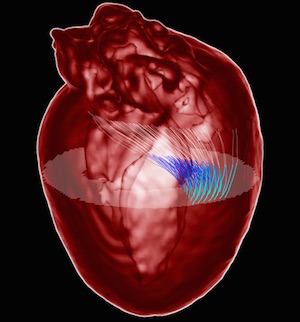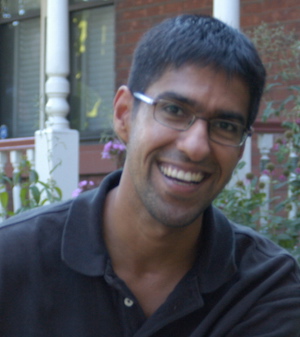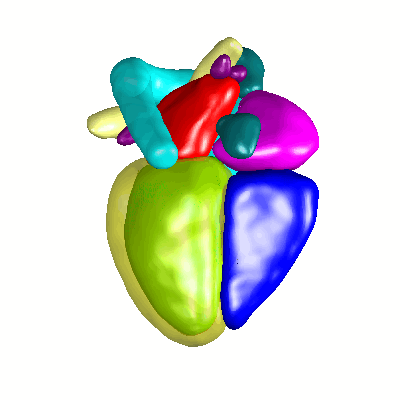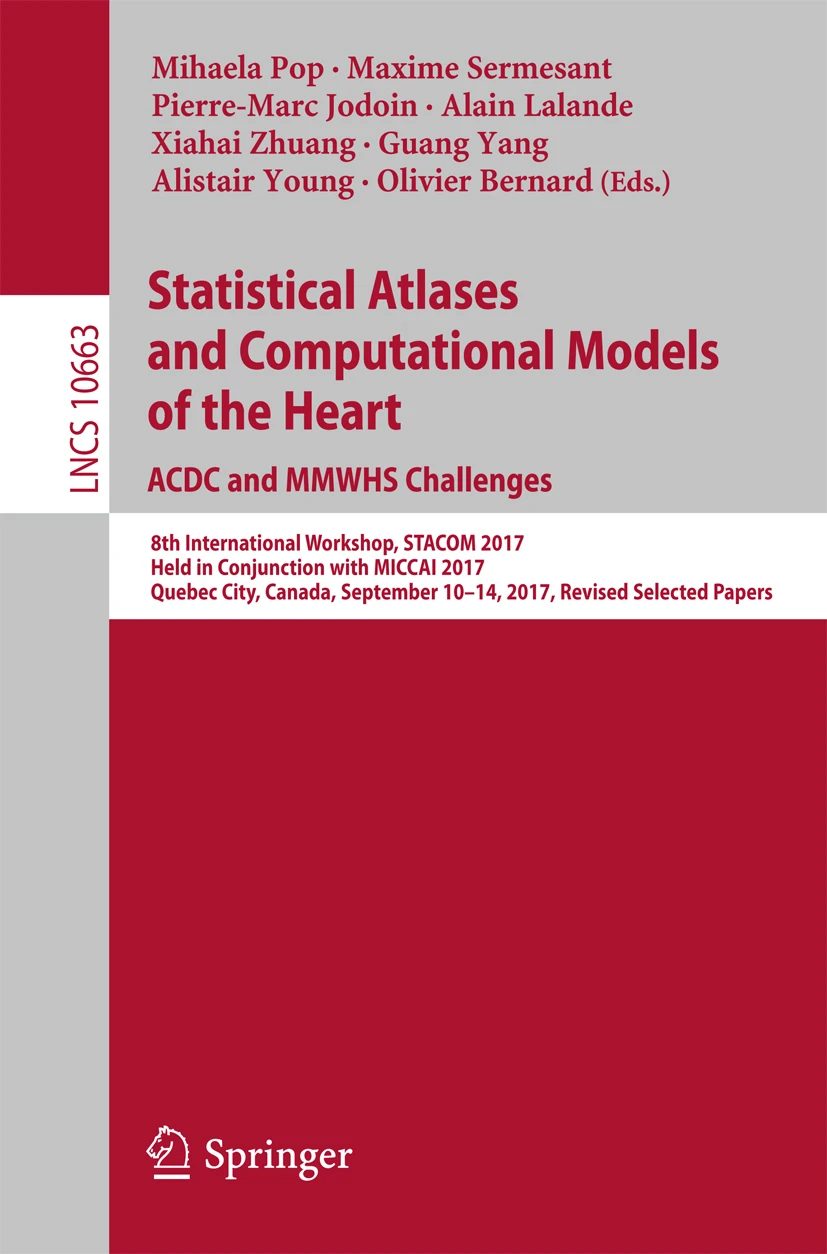Statistical Atlases and Computational Modeling of the Heart (STACOM) workshop has been running annually at MICCAI since 2010. The 8th edition of STACOM workshop will be held on 10 or 14 September 2017, with a scope to create a collaborative forum for young/senior researchers (engineers, biophysicists, mathematicians) and clinicians, working on: statistical analysis of cardiac morphology and dynamics, computational modelling of the heart and fluid dynamics, data/models sharing, personalisation of cardiac electro-mechanical models, quantitative image analysis and translational methods into clinical practice.
The STACOM 2017 workshop accepts regular paper submission describing new methods in the following (not limited) topics:
- Statistical analysis of cardiac morphology and morphodynamics
- Computational modeling and simulation of the heart and the great vessels
- Personalisation of cardiac model, electrophysiology and mechanics
- Quantitative cardiac image analysis
- Sharing and reusing cardiac model repository
- Translational studies of cardiac image analysis in clinical practice
In this edition, the workshop also holds two challenges:
- Multi-Modality Whole Heart Segmentation (MM-WHS)
- Automated Cardiac Diagnosis Challenge (ACDC)
Keynote speaker
Prof. Kaleem Siddiqi - McGill University, Canada
From Mechanics to Electrical Conduction: Why are Heart Wall Myofibers Helicoidal?
 The mammalian heart must function as an efficient pump while simultaneously conducting electrical signals to drive the contraction process. In the ventricles, electrical activation begins at the insertion points of the Purkinje network in the endocardium. How does the diffusion component of the subsequent excitation wave propagate from the endocardium in a healthy heart wall without creating potentially deadly arrhythmias? We close this gap between mechanical and electrical requirements by showing that the heart’s pumping architecture is also an ideal conductive medium. Going beyond considerations from mechanics we show that the helicoidal arrangement of myocytes minimizes the directional biases that could lead to aberrant propagation, thereby explaining how electrophysiological principles are consistent with local measurements of cardiac fiber geometry.
The mammalian heart must function as an efficient pump while simultaneously conducting electrical signals to drive the contraction process. In the ventricles, electrical activation begins at the insertion points of the Purkinje network in the endocardium. How does the diffusion component of the subsequent excitation wave propagate from the endocardium in a healthy heart wall without creating potentially deadly arrhythmias? We close this gap between mechanical and electrical requirements by showing that the heart’s pumping architecture is also an ideal conductive medium. Going beyond considerations from mechanics we show that the helicoidal arrangement of myocytes minimizes the directional biases that could lead to aberrant propagation, thereby explaining how electrophysiological principles are consistent with local measurements of cardiac fiber geometry.
Biography
 Kaleem Siddiqi received his BS degree from Lafayette College in 1988 and his MS and PhD degrees from Brown University in 1990 and 1995, respectively, all in the field of electrical engineering. He is currently a Professor of Computer Science, an associate member of the Department of Mathematics and Statistics and a member of the Centre for Intelligent Machines at McGill University. He also serves as Director of McGill’s NSERC CREATE Program in Medical Image Analysis. Before moving to McGill in 1998, he was a postdoctoral associate in the Department of Computer Science at Yale University (1996-1998) and held a visiting position in the Department of Electrical Engineering at McGill University (1995-1996). His research interests are in computer vision, image analysis, medical imaging and applied mathematics in biology.
Kaleem Siddiqi received his BS degree from Lafayette College in 1988 and his MS and PhD degrees from Brown University in 1990 and 1995, respectively, all in the field of electrical engineering. He is currently a Professor of Computer Science, an associate member of the Department of Mathematics and Statistics and a member of the Centre for Intelligent Machines at McGill University. He also serves as Director of McGill’s NSERC CREATE Program in Medical Image Analysis. Before moving to McGill in 1998, he was a postdoctoral associate in the Department of Computer Science at Yale University (1996-1998) and held a visiting position in the Department of Electrical Engineering at McGill University (1995-1996). His research interests are in computer vision, image analysis, medical imaging and applied mathematics in biology.
Challenges
STACOM 2017 is running two challenges:
Multi-Modality Whole Heart Segmentation
 Segmentation and registration of whole heart images are still challenging. The extraction and modeling of whole heart substructures currently relies heavily on manual delineation, which is a time-consuming task and it is also prone to errors and dependent on the expertise of the observer. The task is to automatically delineate the whole heart from both cardiac CT and cardiac MRI data. 60 cardiac CT/CTA and 50+ cardiac MRI volumes in 3D volumes that cover the whole heart are provided. This challenge is organized by Xiahai Zhuang (Fudan University, China), Guang Yang (Imperial College London, UK) and Lei Li (Shanghai Jiao Tong University, China).
Segmentation and registration of whole heart images are still challenging. The extraction and modeling of whole heart substructures currently relies heavily on manual delineation, which is a time-consuming task and it is also prone to errors and dependent on the expertise of the observer. The task is to automatically delineate the whole heart from both cardiac CT and cardiac MRI data. 60 cardiac CT/CTA and 50+ cardiac MRI volumes in 3D volumes that cover the whole heart are provided. This challenge is organized by Xiahai Zhuang (Fudan University, China), Guang Yang (Imperial College London, UK) and Lei Li (Shanghai Jiao Tong University, China).
Automated Cardiac Diagnosis Challenge

The goal of this contest is two-fold:
- Compare the performance of automatic methods on the segmentation of the left ventricular endocardium and epicardium as the right ventricular endocardium for both end diastolic and end systolic phase instances
- Compare the performance of automatic methods for the classification of the examinations in five classes (normal case, heart failure with infarction, dilated cardiomyopathy, hypertrophic cardiomyopathy, abnormal right ventricle)
The challenge data is composed by 150 patients with cine-MR images acquired in clinical routine. This challenge is organized by Pierre-Marc Jodoin (University of Sherbrooke, Canada), Alain Lalande (University of Bourgogne, France), and Olivier Bernard (University of Lyon, France).
